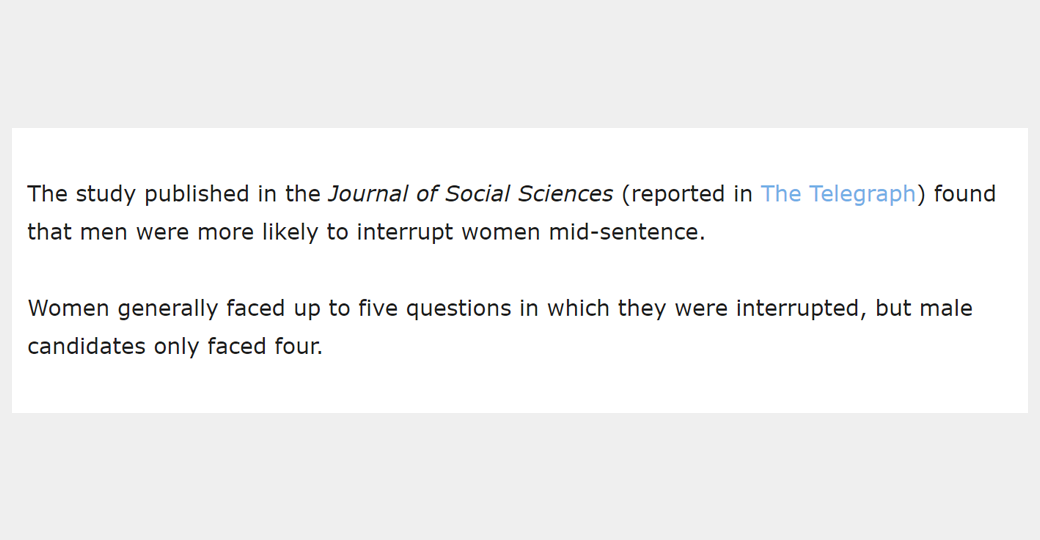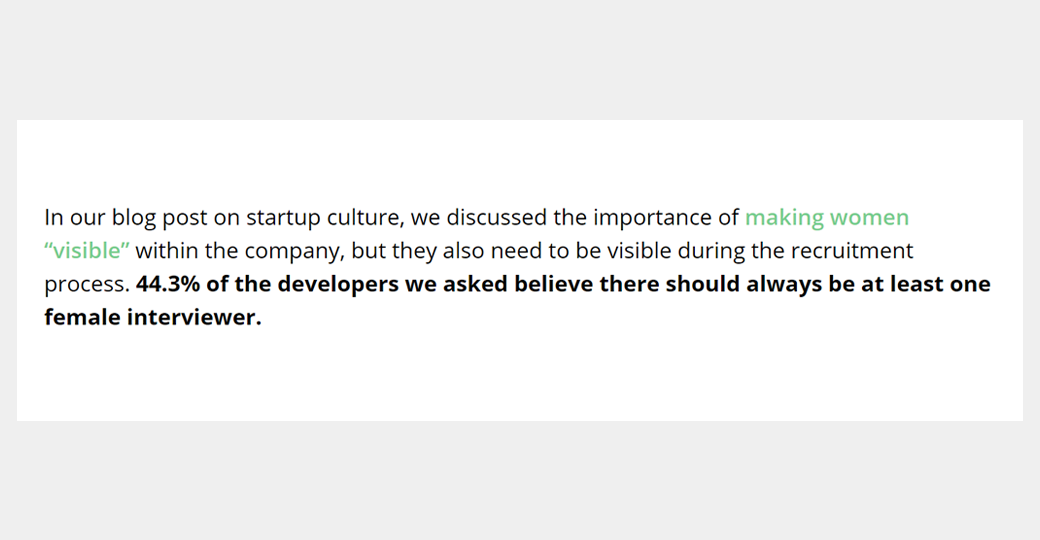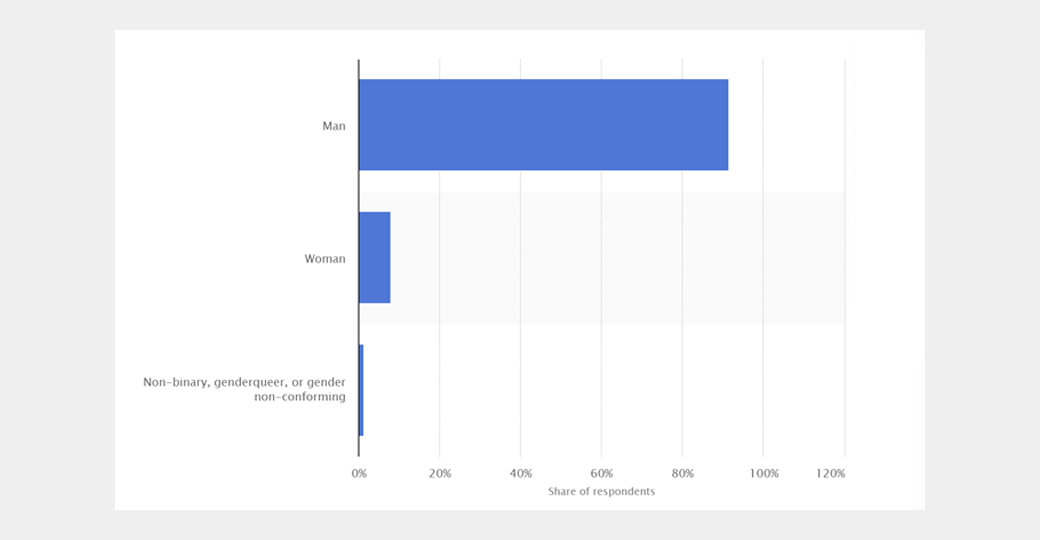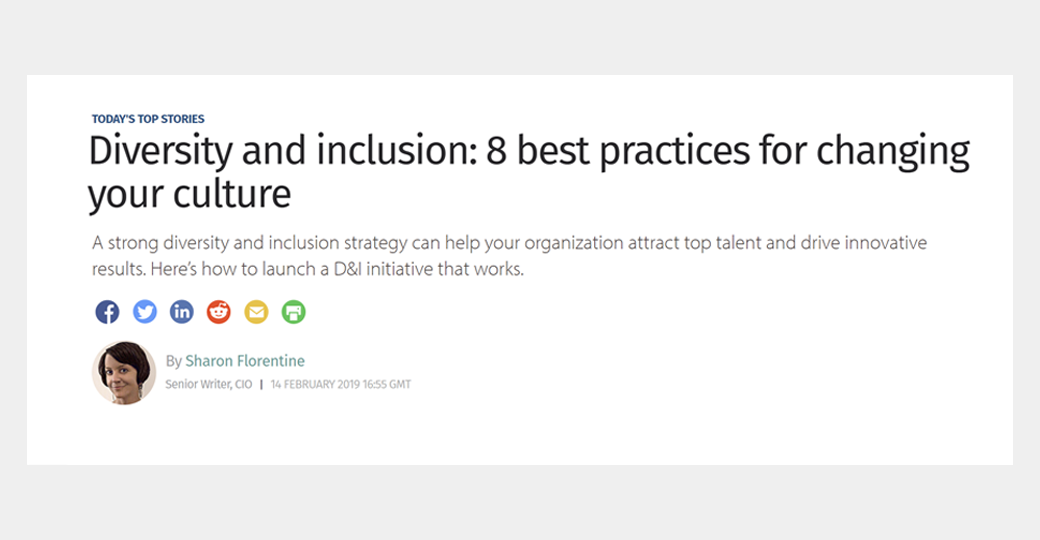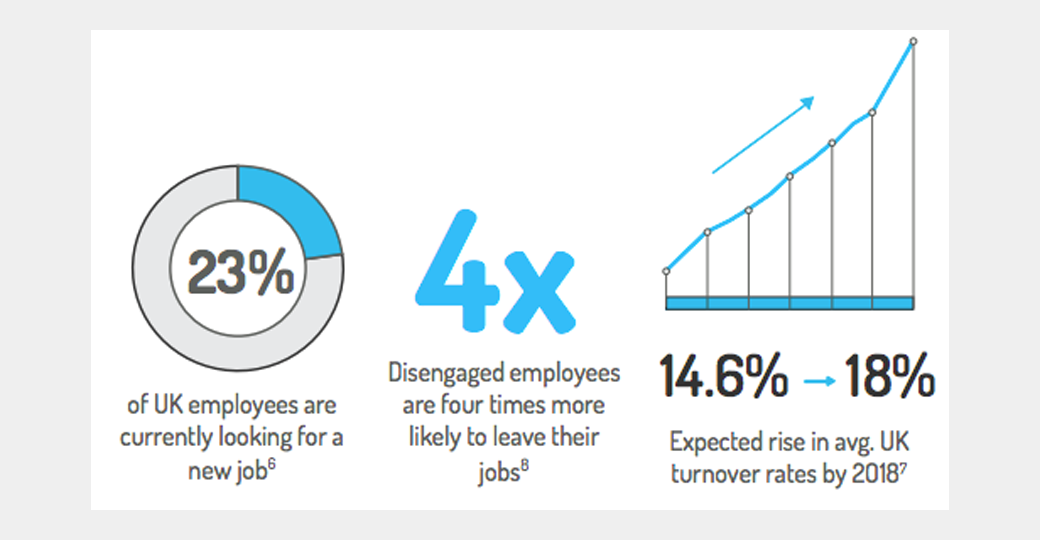
6 Things To Consider When Building A Diverse Technology Team
- Posted: 14.10.20
Today I’m going to discuss 6 overlooked things you need to consider when you’re building diversity in the workplace.
You might be asking what is diversity? What is cultural diversity?
I’ve been speaking to tech companies like Glintpay and Machinemax for the past 6 months about this EXACT topic.
Recently, I sat down with Rocco Donnarumma from Beacon to find out how he achieved his 50/50 split engineering team (you can watch the full conversation here).
It wasn’t easy.
Diversity is at the forefront of companies minds across the world.
And for good reason.
A diverse tech team is 15% more likely to outperform non diverse teams, bring in more revenue and can even result in a more engaged workforce.
I will be outlining tips that you can implement in your search for diverse talent TODAY.
Let’s dive right in.
The interview process needs to be adapted from the ground up.
It can be tempting to think that all you have to do to increase diversity is to interview more women.
The problem is, often interview processes have been created with men in mind (making it much harder for women to succeed).
A study published in the Journal of Social Sciences reported that women were more likely to be interrupted mid-sentence.
The same study also found that women are more likely to face follow up questions (indicating a lack of trust or belief on the interviewers part).
Rocco, the Head of Product Engineering at Beacon found that different people perform better in different interview situations too:
“If you understand that it actually brings value to your company, to your bottom line to have a diverse team then you completely change the way you think about it, the way you behave and the way you recruit. The vast majority of the companies I have worked for in the past just think of it as a check box, and it’s unfortunate. I think what Beacon has done so well from the beginning is they really wanted to achieve that.”
This flexibility in the interview process allows Beacon to focus on hiring people who are good at the job, and not just good in interviews.
So how can you adapt your interview process to allow both men and women to shine?
We’ve already spoke about allowing candidates to choose how they present their skills.
Having at least one female interviewer as part of every stage can be a great step in the right direction too.
44.3% of the developers asked in a study by Nederlia said they should always be at least one female interviewer.
And that’s not all:
Having a more structured interview process cuts down on the amount of candidates hired by a “gut-feeling” and having a set list of questions means it’s fairer for everyone involved, as outlined by this LinkedIn article.
The next point is crucial to get the right people into your interview process.
You need to spend more time curating your talent pool.
It’s no secret that there is a huge gender disparity in the tech world.
The fact that I’ve been on this mission over the past 6 months just shows how much work has to be done.
This graph tells you all you need to know.
So curating your talent pool in the same way will likely produce the same results you’ve always had.
You need to put more work in at the start to achieve a truly diverse team later.
Rocco aimed to fix that issue at the very beginning of the hiring process:
“The engineering talent pool is disproportionately male. The way that we aimed to fix that issue, especially at the beginning in the interview phase was to create a pipeline of candidates that was representative of what we want to achieve.”
But that’s not all.
There are two methods Rocco used to find female developers:
1. They worked alongside their recruiters, engineering managers and head of product to actively reach out to them on LinkedIn.
2. They also decided to target candidates outside of the UK.
This may seem simple, but being very deliberate with your talent pool will make your hiring process much easier in the later stages.
The next point is often overlooked by companies.
Creating the right culture will do half the work for you.
Actively going out and building a diverse team is a great way to put fate in your own hands.
It is a lot of work, though.
To be able to continue building a diverse company far into the future, you need to have the right culture.
I’m not going to tell you how to build the right culture for diversity in this post, as that’s a completely separate beast and has been well documented.
BUT.
I will tell you that having the right culture will allow you to attract candidates whilst you focus on other areas of the business.
Rocco saw the benefits of that recently:
“I had a very strong female developer message me recently and she mentioned she had seen all the work we were putting in to create a diverse team, and she wanted to speak to us about opportunities. She wasn’t looking for a job right now, but she said she was very interested in joining Beacon in six months or so.
It’s not just about problem solving for today, it’s about building a long-term pipeline and you get that by bringing excitement into the company.”
Just being KNOWN for diversity and inclusion will attract more people who fit into the company your building.
Let’s get down to one of the core reasons to create a diverse team.
There’s very REAL business benefits to be had.
Let me hit you with some numbers:
Organisations with more diverse management teams have 19% higher revenues due to innovation.
When diverse teams made a business decision, they outperformed individual decision-makers up to 87% of the time.
As if that’s not enough.
Rocco told us:
“My experience so far in my team has told me you can achieve high performing teams, regardless of the team, but you won’t be able to create an amazing product and one that resonates with your customers unless you have a diverse team. The diversity comes into play when you’re building a product because you need to have all those different points of view and experiences come together.”
That’s some pretty conclusive evidence.
Better problem solving, higher revenues and better business decisions.
What more do you want?
Diversity and inclusion is not something to be introduced to just please people, it WILL help your business on its journey.
You’ve got your diverse team together, what’s next?
Keeping the team together is vital.
You’re not going to want to hear this.
But building your team is only half of the work.
Once your diverse team is together, you’ve got to keep them together.
Especially as the average turnover rate is increasing across the UK.
Focusing on how managers work within a team is something that is often overlooked in the tech world, where software engineers and developers are often converted to managers.
Rocco tells us that engineers and developers becoming managers is not career progression, but a career change:
“What we focus on the manager sides of things, we need to train our managers on how to build a high performing team. We have to make sure that the we’re hiring managers and training them in a way so they know which points to hit with the engineers to keep them motivated, engaged and happy.”
This step is just as IMPORTANT as the others.
Once you’ve built your diverse team, you need to keep them together.
And without the next step, you’ll never achieve true change within your company or team:
Diversity can’t be a checkbox.
This really is critical for diversity to be achieved, valued and implemented going forward.
If you don’t truly understand the importance of diversity and what it can do for your companies bottom line, then there won’t be any lasting change.
This is why I’ve been on this mission over the past 6 months.
Tech companies often know the importance of a diverse team, but will only carry out a couple of the points mentioned above.
This will result in the right candidates not being interviewed, not keeping the team together or simply not doing it for the right reasons.
Rocco told me why it was different at Beacon:
“If you understand that it actually brings value to your company, to your bottom line to have a diverse team then you completely change the way you think about it, the way you behave and the way you recruit. The vast majority of the companies I have worked for in the past just think of it as a check box, and it’s unfortunate. I think what Beacon has done so well from the beginning is they really wanted to achieve that.”
Let me be clear about something:
You probably will have to change processes to hire a truly diverse, high performing team.
But changing the way you think about diversity will show you the very real business benefits that can be achieved.
Now I’d like to hear from you:
What strategy are you going to implement first to hire a more inclusive, diverse team?
I’d love to hear which tip resonated with you the most.
